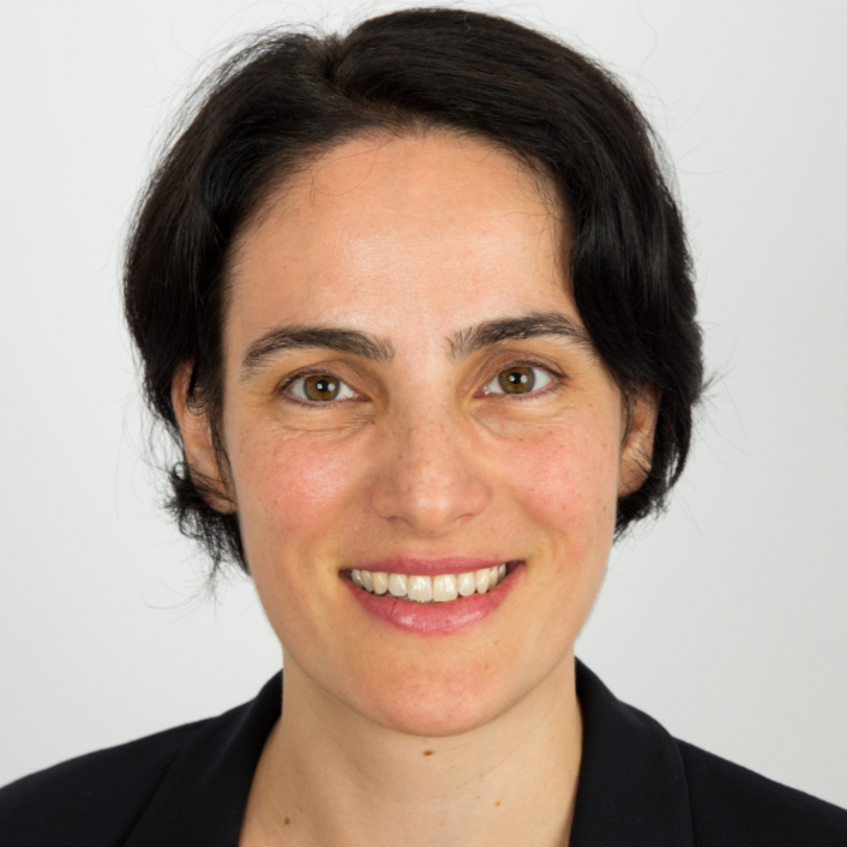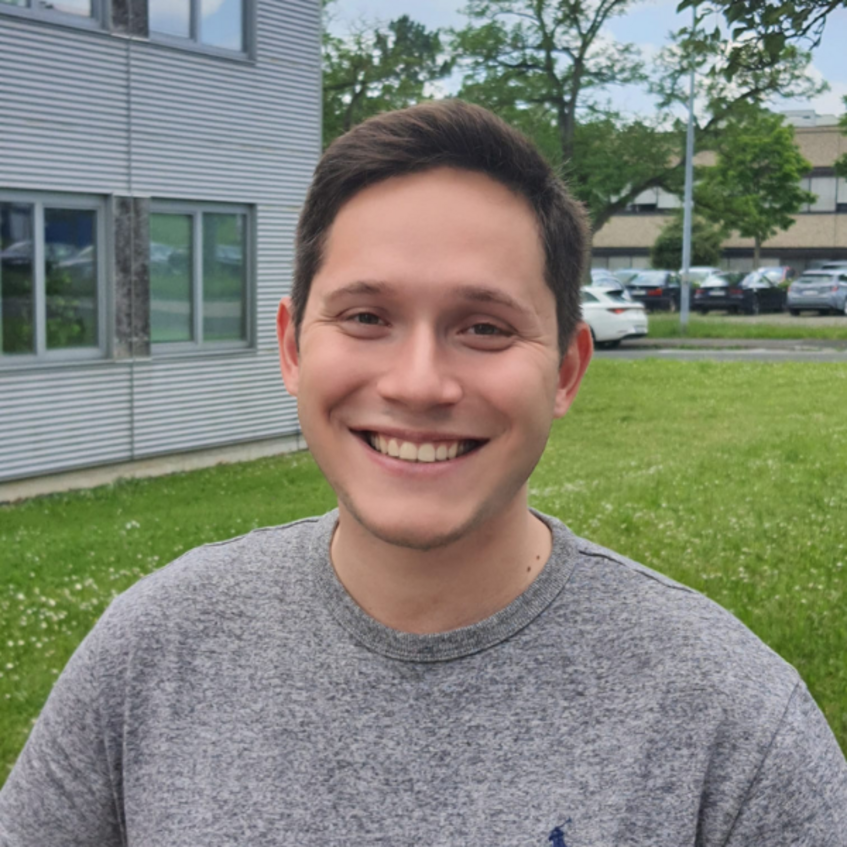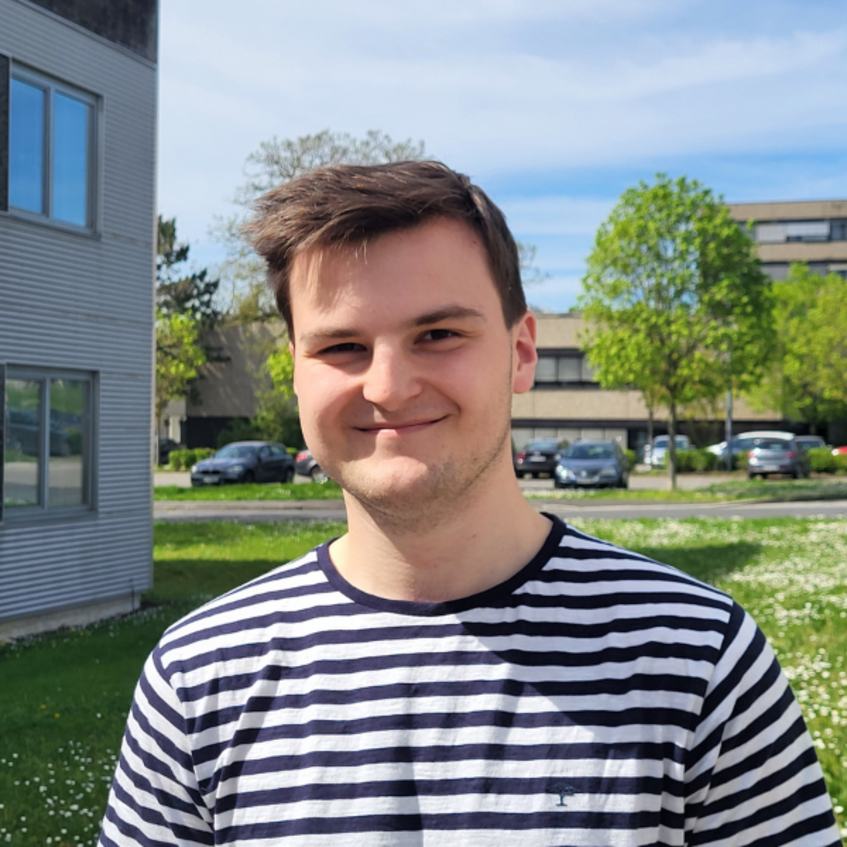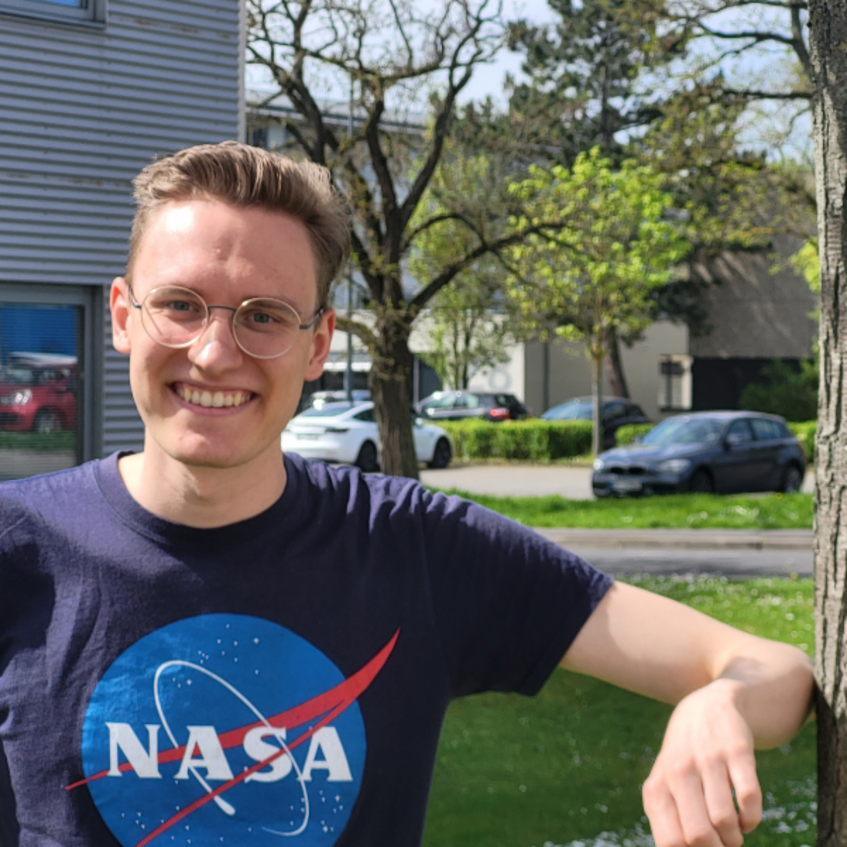P6 Nuclear excitation with twisted light combs

P6 Nuclear excitation with twisted light combs
The nucleus of 229Th possesses a unique first excited state at approximately 8.36 eV. Combined with its exceptionally narrow radiative width, this nucleus is a promising candidate for the development of a nuclear clock with extraordinary precision. However, coherent manipulation of the nucleus—a key requirement for such a clock—poses significant challenges due to the following reasons:
- The excitation energy of the nucleus is 8.36 eV (148.3 nm), a wavelength range for which no commercially available narrowband lasers currently exist.
- The nuclear transition is predominantly a magnetic dipole (M1) transition, with a small electric quadrupole (E2) admixture. The recently measured lifetime of this transition in a large band-gap crystal is approximately 600 seconds. This extremely long lifetime corresponds to a drastically reduced interaction cross section with light, rendering the excitation orders of magnitude smaller than for typical electronic shell transitions.
The key main goal of our team is to tackle from the theory side the challenges of the weak photoexcitation cross section and support the experimental efforts of projects P4 and P5. To this end, the team of P6 will follow two strategies, which lead to two sets of objectives:
- Coupling the 229Th nucleus to laser beams carrying orbital angular momentum (OAM): We aim to support P5 by providing theoretical calculations on the interaction between the 229Th nucleus and OAM laser beams. A fundamental question we will investigate is whether OAM beams offer particular advantages for the direct radiative excitation of the isomeric state. Regular exchanges with subproject P3 will ensure a collaborative approach.
- Multiphoton excitation schemes: We will develop and explore multiphoton excitation schemes that exploit various quantum states in VUV-transparent crystals. We will make use of both plane waves and beams carrying OAM. These schemes are expected to be orders of magnitude more efficient than direct laser excitation.
Team of P6
The theoretical worked planned in subproject P6 will be performed at the Institute for Theoretical Physics and Astrophysics of UniWUE in the group of PI Adriana Palffy-Buß. UniWUE is a leading university in the fields of quantum phenomena in novel materials and condensed-matter research.
The following personnel is part of the research group:
- Adriana Pálffy-Buß (Professor): PI of the subproject P6
- Tobias Kirschbaum: PhD student
- Alexander Franz: Master student
- Janek Bergmeier: Master student

Adriana Pálffy-Buß

Tobias Kirschbaum

Alexander Franz

Janek Bergmeier
